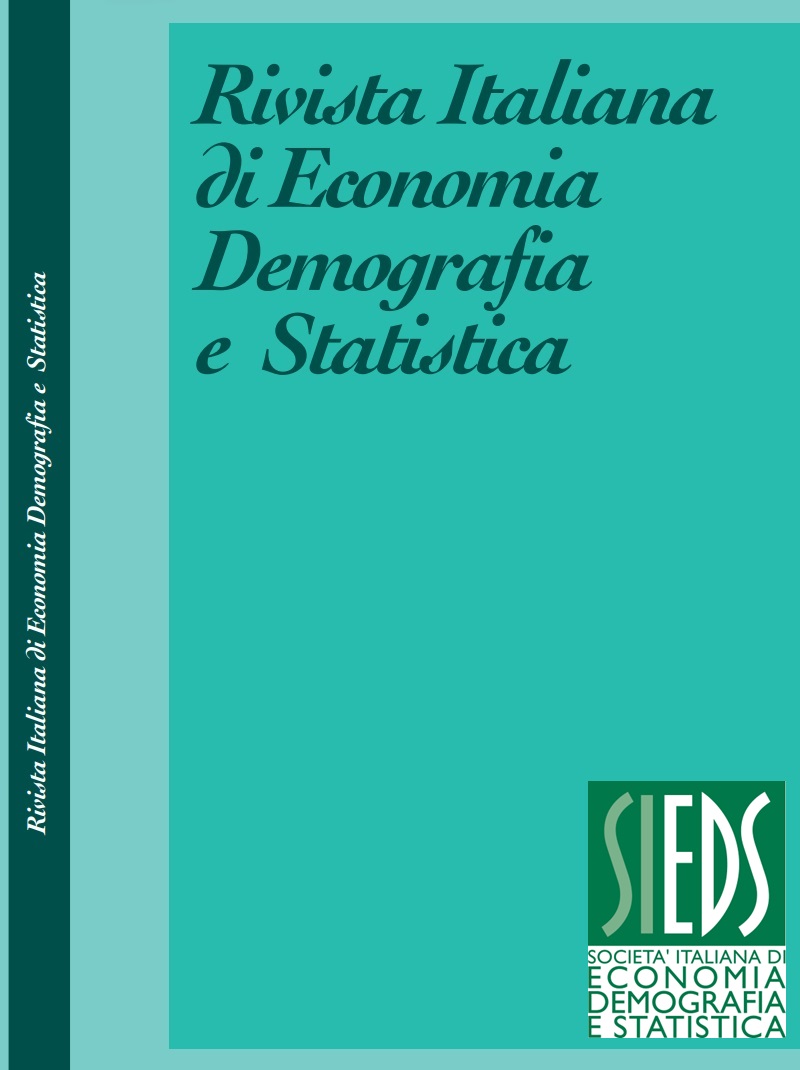Period life tables in suburban areas: the case of the Italian municipality of Taranto
Abstract
Using municipal registry sources, validated for more specific territorial disaggregation than the provincial Istat data, we obtained Taranto period life tables which represent an important tool for demographic analysis, structured by gender and neighborhood, in a decade (2010-2019) of strong socio-economic conflict, resulting in the well-known legal proceedings due to the situation of severe environmental pollution of the territory. The use of municipality data can be considered a methodological approach that allows a timely, reliable and costless first-line assessment system of the population status and drive urban planning policies in cities suffering from heavy environmental pressures: from the period life tables in suburban areas, a situation of strong inequality emerges, as Borgo-Città Vecchia, Paolo VI and Tamburi districts are united by the levels of life expectancy very detached from the others, as if they were different cities. The epidemiological and environmental evidence available for the Taranto area shows various critical aspects, claiming for primary prevention interventions and continuous monitoring of the health status of the population which can provide important indications for urban planning policies.
Downloads
Published
Issue
Section
License
Copyright (c) 2022 Stefano Cervellera, Carlo Cusatelli

This work is licensed under a Creative Commons Attribution 4.0 International License.



